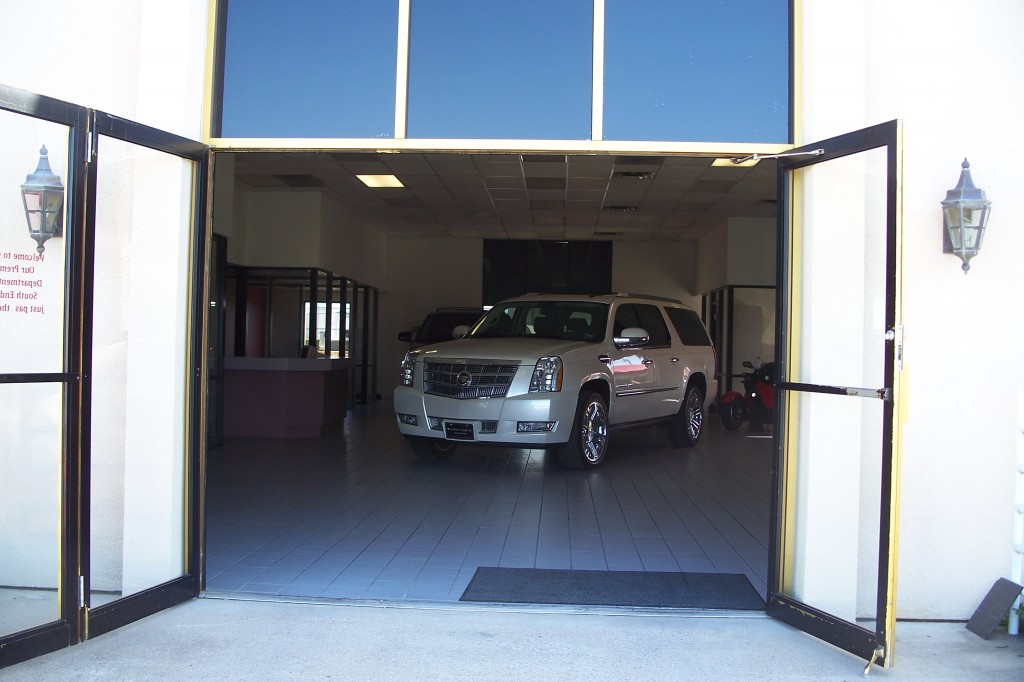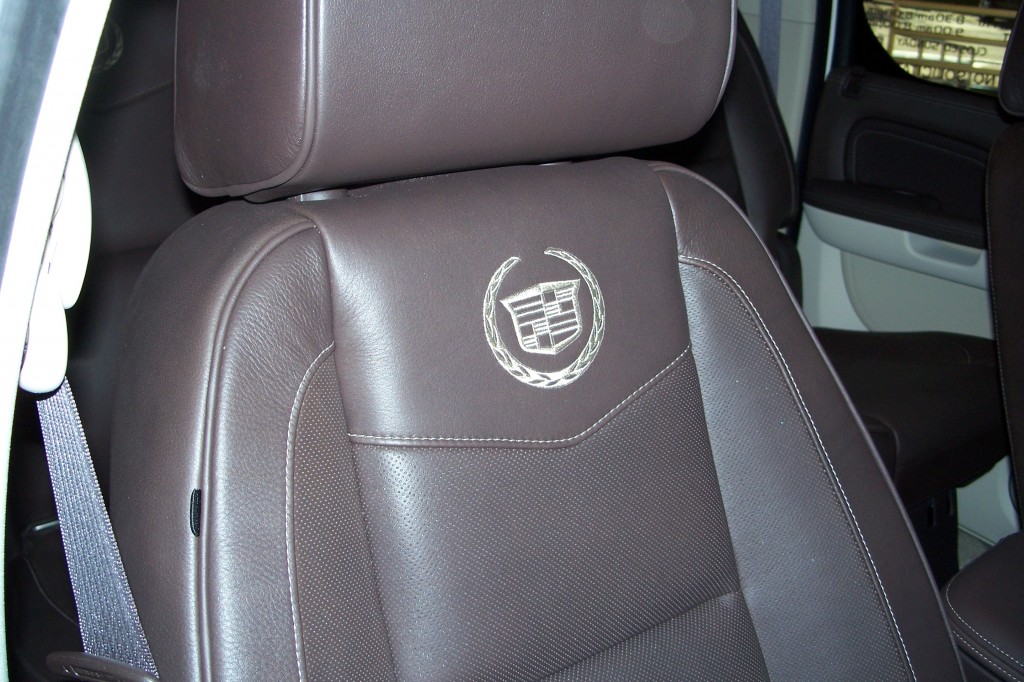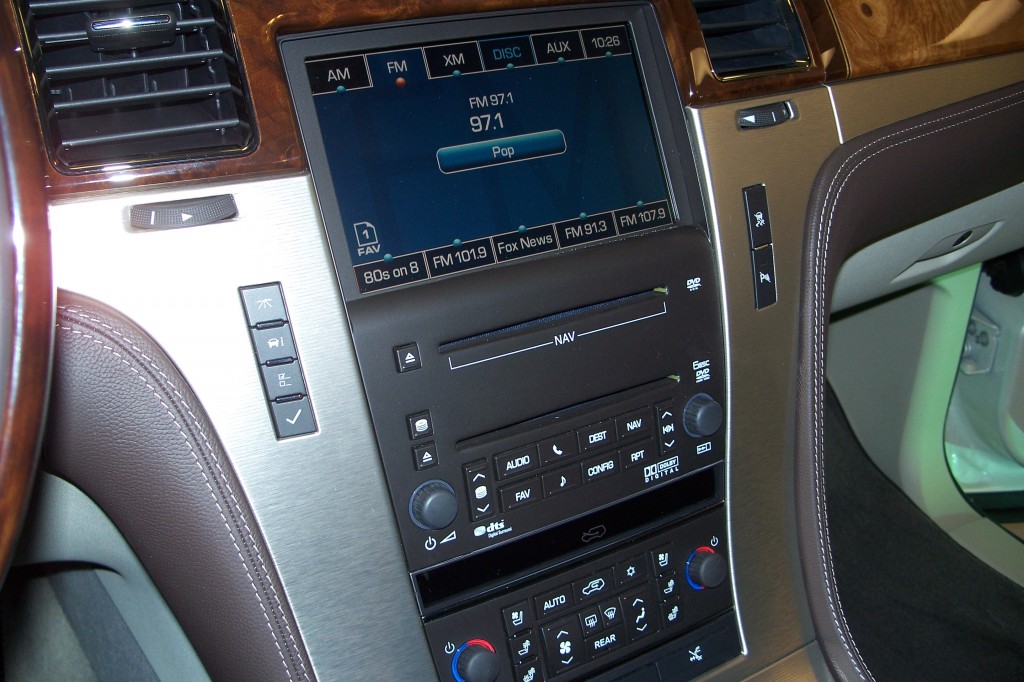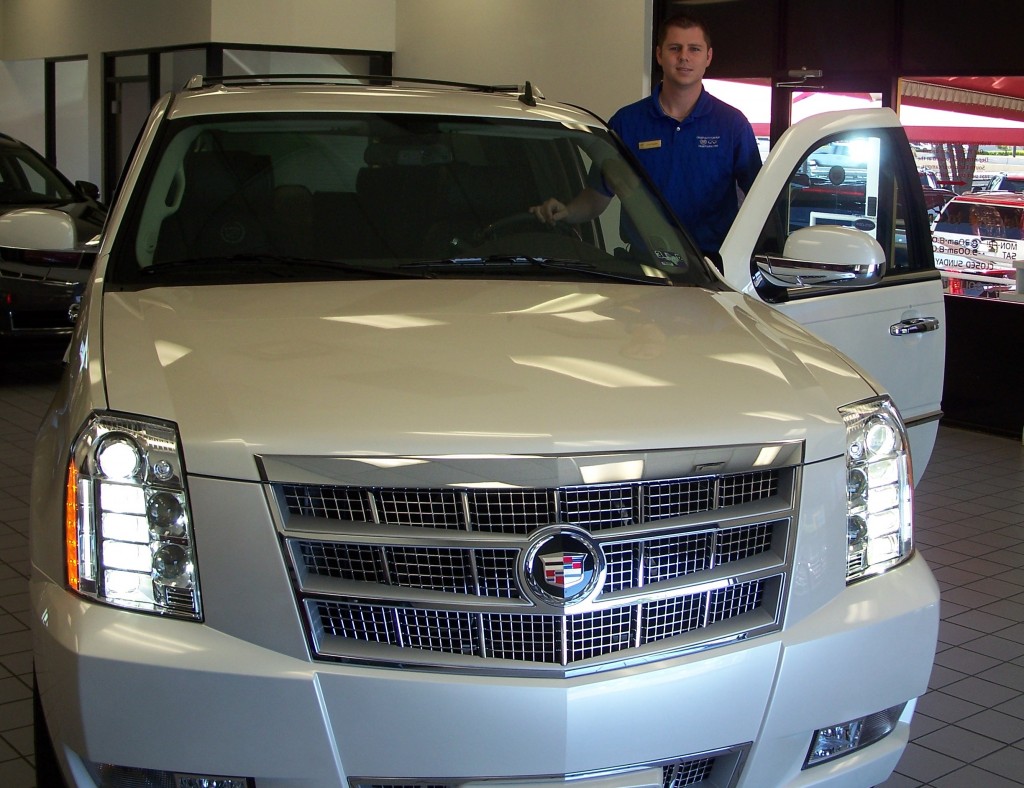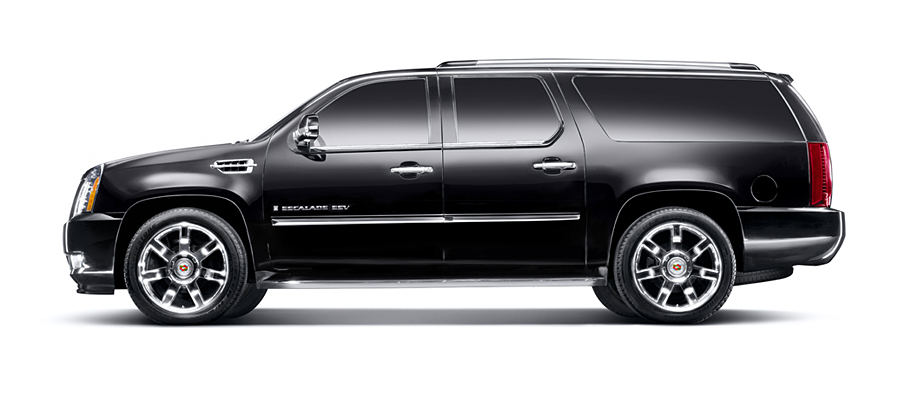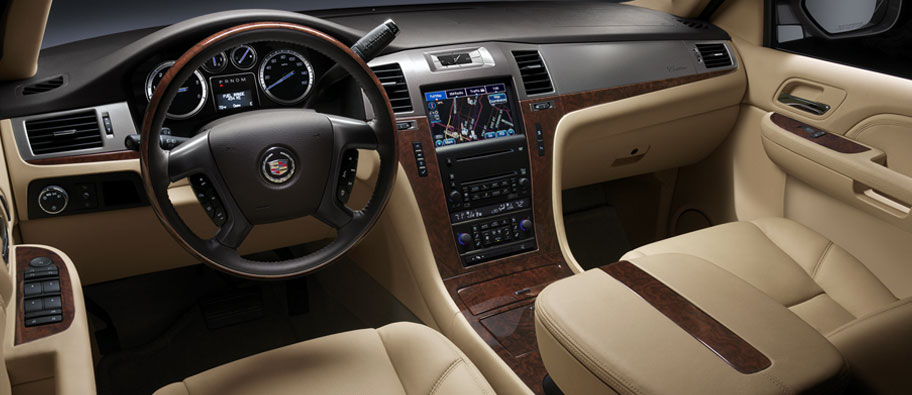The 2010 Cadillac Escalade L94 V8 engine features Active Fuel Management which allows the engine to seamlessly operate in V8 mode or in V4 mode. All 8 cylinders are online when power is needed, and the Escalade is sport-sedan quick, able to sprint 0-60 in around 6.5 seconds. Under the right conditions of steady state cruise, the Escalade operates on four cylinders to maximize fuel economy.
This is not a new idea, and Cadillac fans will instantly think of the V8-6-4. The Cadillac L62 8-6-4 engine was produced in 1981 to achieve peak fuel economy while maintaining big block Cadillac family power. In theory the engine would provide V8 power when needed, and 4-cylinder fuel economy under low load conditions. The engine was ahead of its time, and perhaps a bit ahead of its technology. Owners found that the mode changes unsettling, and perhaps took too long. Cadillac tried 13 different calibrations throughout the year to find the ‘right’ mix. Later owners report that the system works effectively, but perhaps was misunderstood in its modes of operation and responses. Regardless, the system was only in production for a year, and only on the 368 cubic inch (6.0 L) engine.
Cadillac has not been specific about exactly how much power is available in the 2010 Cadillac Escalade V4 mode. With 403 hp on tap in V8 mode, the new Escalade L94 engine likely makes more power in V4 mode than the L62 6L made in V8 mode!

2010 Vortec 6.2L V-8 VVT (L94) for Cadillac Escalade
Details on Modern Active Fuel Management
The L94 engine features GM’s Active Fuel Management (AFM) technology. AFM temporarily de-activates four of the 6.2L engine’s cylinders under light to moderate load conditions to help enhance fuel economy by approximately 6 percent under the federal government’s required testing procedure and potentially more in certain real-world driving conditions.
Active Fuel Management stems from a simple premise: most V-8 engines offer more power than owners demand in all conditions. With AFM, drivers save fuel by using only half of the 6.2L’s cylinders during some driving conditions and reactivates them on demand when necessary.
Managed by the sophisticated E38 engine control module (ECM), AFM automatically shuts down every second cylinder, according to firing order, during light-load operation. In engineering terms, this allows the working cylinders to achieve better thermal, volumetric and mechanical efficiency by reducing heat loss, combustion loss and friction, and lowering cyclical combustion variation from cylinder to cylinder. As a result, AFM delivers better fuel economy and lower operating costs. Perhaps the most sensible aspect about AFM is that it harnesses the engine’s existing capabilities, starting with the potential designed into the E38 ECM. The only mechanical components required are special valve lifters for cylinders that are deactivated, and their control system. The incremental cost for the customer is nominal per engine. Active Fuel Management relies on three primary components: De-ac (for deactivation) or collapsible valve lifters, a Lifter Oil Manifold Assembly (LOMA), and the ECM.
One of the most sophisticated engine controllers in the industry, the E38 ECM measures load conditions based on inputs from vehicle sensors and interprets that information to mange more than 100 engine operations, from fuel injection to spark control to electronic throttle control. AFM adds an algorithm to the engine control software to manage cylinder deactivation and reactivation. When loads are light, the E38 automatically closes both intake and exhaust valves for half of the cylinders and cuts fuel delivery to those four. The valves re-open to activate all cylinders when the driver demands brisk acceleration or full torque to move a load. The engine’s electronic throttle control (ETC) is used to balance torque following cylinder deactivation or reactivation. The transition takes less than 20 milliseconds.
Valve lifters are operated by the engine’s camshaft, and lift a pushrod that operates the valves in the cylinder head. In the Gen IV 6.0L (L76), the De-Ac lifters are installed in cylinders 1, 4, 6 and 7, while the remaining cylinders use conventional lifters. The hydraulically operated De-Ac lifters have a spring-loaded locking pin actuated by oil pressure. For deactivation, hydraulic pressure dislodges the locking pin, collapsing the top portion of the lifter into the bottom and removing contact with the pushrod. The bottom of each De-Ac lifter rides up and down on the cam lobe but the top does not move the push rod. The valves do not operate and combustion in that cylinder stops. During reactivation, the oil pressure is removed, and the lifter locks at full length. The pushrods, and therefore the valves, operate normally.
The final AFM component is the LOMA. This cast-aluminum assembly is installed in the valley of the 6.2L (L94) in place of a conventional engine block cover. The LOMA holds four solenoids, control wiring and cast-in oil passages. The solenoids are managed by the ECM, and each one controls oil flow to a De-Ac Lifter, activating and de-activating the valves at one cylinder as required for Active Fuel Management.
The fuel injectors in the 6.2L (L94) are identical for all cylinders; those feeding the de-activated cylinders are simply shut down electrically by the ECM during de-activation. When the cylinders are deactivated, the engine effectively operates as a V-4. AFM operation is load based, as measured by the ECM using dozens of inputs, overlain with the driver’s demand for power as measured by throttle application. AFM’s response time varies with oil temperature, but in all cases is measured in milliseconds. Operation is always transparent to the driver. The engine returns to V-8 mode the instant the controller determines that acceleration or load requires additional power.
The benefits are substantial. Active Fuel Management does not affect exhaust emissions, and it will reduce overall emissions significantly, including greenhouse gases such as carbon-dioxide, to the extent that less fuel is used. Further, the savings reflected in EPA numbers may not account for AFM’s full impact. Owners who primarily travel long distances at steady speeds will see substantially greater fuel-economy improvements. Because of the mass differences the GMC Yukon and Cadillac Escalde models have compared to trucks and cars, the calibrations for switching to V-4 are specific and tailored to optimize efficiency.

